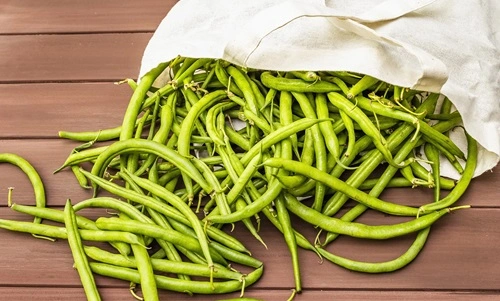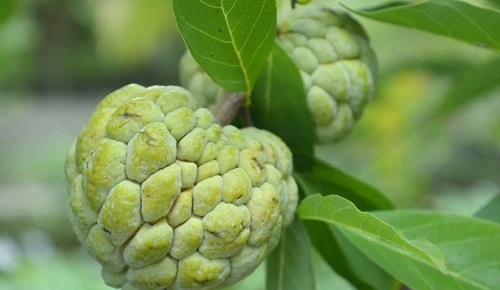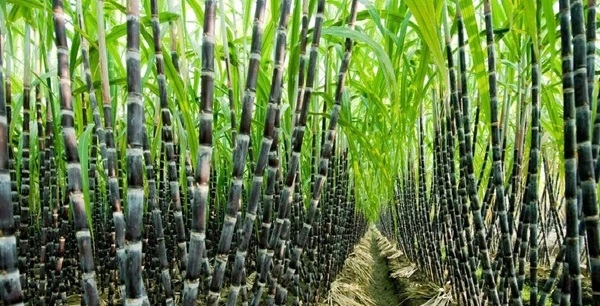Cowpea, popularly known as “Lobia” or “Chawli”, is an important pulse and fodder crop in India. Known for its adaptability to drought-prone and semi-arid regions, cowpea plays a crucial role in Indian agriculture. It is a rich source of protein, dietary fiber, vitamins (A, B, and C), calcium, and iron, making it highly nutritious for human consumption and livestock feed.
Cowpea is primarily grown as a kharif crop but can also be cultivated as a rabi or summer crop in different regions. It improves soil health through nitrogen fixation and is widely used for intercropping. The leading cowpea-producing states in India include Tamil Nadu, Karnataka, Maharashtra, Gujarat, Rajasthan, Andhra Pradesh, and parts of Uttar Pradesh.
This article explores more than 10 top cowpea varieties in India, their characteristics, regions of cultivation, and specific uses.

1. Pusa Komal
Pusa Komal is a widely grown variety developed by the Indian Agricultural Research Institute (IARI), New Delhi.
- Type: Vegetable variety
- Duration: 60–65 days (early maturity)
- Pod Length: 20–25 cm
- Regions: Uttar Pradesh, Tamil Nadu, Karnataka
- Characteristics:
- High yield and tender pods suitable for vegetables
- Resistant to bacterial blight and powdery mildew
- Yield: 8–10 quintals/hectare
- Uses: Fresh vegetable markets
2. CO-4
CO-4 is a high-yielding dual-purpose variety developed by the Tamil Nadu Agricultural University (TNAU).
- Type: Dual-purpose (grain and fodder)
- Duration: 70–75 days
- Pod Length: 20–22 cm
- Regions: Tamil Nadu, Karnataka, Andhra Pradesh
- Characteristics:
- High grain yield and excellent fodder quality
- Drought-tolerant and resistant to pests
- Yield: 12–14 quintals/hectare
- Uses: Grains, green fodder
3. Kashi Kanchan
Kashi Kanchan is a variety developed by the Indian Institute of Vegetable Research (IIVR), Varanasi.
- Type: Vegetable variety
- Duration: 55–60 days
- Pod Length: 25–30 cm
- Regions: Uttar Pradesh, Bihar, Gujarat
- Characteristics:
- Early maturity with tender, long green pods
- Resistant to bacterial blight and wilt
- Yield: 10–12 quintals/hectare
- Uses: Fresh vegetables and processing
4. Vamban 1 (CO-1)
Vamban 1 is a drought-tolerant variety ideal for cultivation in semi-arid regions.
- Type: Grain and fodder variety
- Duration: 70–75 days
- Pod Length: 18–22 cm
- Regions: Tamil Nadu, Maharashtra, Rajasthan
- Characteristics:
- High yield under rainfed conditions
- Tolerant to major pests like aphids and leaf hoppers
- Yield: 12–15 quintals/hectare
- Uses: Grain production and fodder
5. PKM 1
PKM 1 is a vegetable-type cowpea variety known for its early maturity and high yield.
- Type: Vegetable variety
- Duration: 55–60 days
- Pod Length: 25–28 cm
- Regions: Tamil Nadu, Karnataka, Andhra Pradesh
- Characteristics:
- Produces long, tender green pods with high market demand
- Disease resistance to wilt and anthracnose
- Yield: 10–12 quintals/hectare
- Uses: Fresh vegetables
6. GC-3 (Gujarat Cowpea-3)
GC-3 is a popular variety developed for the semi-arid regions of Gujarat.
- Type: Dual-purpose (grain and fodder)
- Duration: 75–80 days
- Pod Length: 18–20 cm
- Regions: Gujarat, Rajasthan, Maharashtra
- Characteristics:
- High grain yield and excellent drought tolerance
- Adaptable to rainfed conditions
- Yield: 14–16 quintals/hectare
- Uses: Grains and fodder
7. VBN 2
VBN 2 is a high-yielding variety ideal for vegetable and fodder purposes in dry regions.
- Type: Dual-purpose
- Duration: 70–75 days
- Pod Length: 22–25 cm
- Regions: Tamil Nadu, Karnataka, Andhra Pradesh
- Characteristics:
- Early maturity with high productivity
- Drought-resistant and pest-tolerant
- Yield: 12–14 quintals/hectare
- Uses: Vegetables and fodder
8. RC 101
RC 101 is a variety well-suited for rainfed areas with excellent grain production.
- Type: Grain variety
- Duration: 70–75 days
- Pod Length: 18–20 cm
- Regions: Rajasthan, Gujarat, Uttar Pradesh
- Characteristics:
- High tolerance to drought stress
- Adaptable to low-input conditions
- Yield: 10–12 quintals/hectare
- Uses: Grain production
9. Vigna 85
Vigna 85 is a high-yielding vegetable variety known for its tender green pods.
- Type: Vegetable variety
- Duration: 60–65 days
- Pod Length: 25–28 cm
- Regions: Maharashtra, Karnataka, Tamil Nadu
- Characteristics:
- Produces long, high-quality pods
- Disease resistance to bacterial wilt
- Yield: 12–14 quintals/hectare
- Uses: Fresh vegetables
10. Pant Lobia 1
Pant Lobia 1 is a popular variety grown for its high grain and fodder yield.
- Type: Dual-purpose
- Duration: 75–80 days
- Pod Length: 20–22 cm
- Regions: Uttar Pradesh, Bihar, Rajasthan
- Characteristics:
- High adaptability to diverse agro-climatic conditions
- Tolerant to diseases and pests
- Yield: 12–15 quintals/hectare
- Uses: Grain and fodder
FAQs
Q1: Which cowpea variety is best for vegetable production?
A: Pusa Komal, Kashi Kanchan, PKM 1, and Vigna 85 are ideal for vegetable production due to their tender and long green pods.
Q2: Which cowpea varieties are suitable for drought-prone areas?
A: CO-4, Vamban 1, and RC 101 are highly drought-tolerant and suitable for semi-arid regions.
Q3: What is the average maturity period for cowpea varieties?
A: Most cowpea varieties mature within 55–80 days, depending on the variety and region.
Q4: Which cowpea variety is suitable for dual-purpose (grain and fodder)?
A: CO-4, VBN 2, and Pant Lobia 1 are excellent dual-purpose varieties for grain and fodder production.
Q5: In which states is cowpea primarily grown?
A: Cowpea is widely grown in Tamil Nadu, Karnataka, Maharashtra, Rajasthan, Gujarat, and parts of Uttar Pradesh.
Conclusion
Cowpea plays a critical role in India’s agricultural landscape due to its drought tolerance, soil enrichment capabilities, and nutritional benefits. Varieties like Pusa Komal, CO-4, VBN 2, and Kashi Kanchan offer farmers high yields, disease resistance, and adaptability to diverse agro-climatic conditions. By selecting the right variety based on the region and purpose, Indian farmers can maximize cowpea productivity for food security and economic growth.

